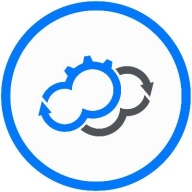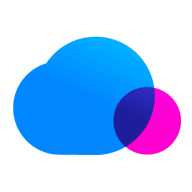

Cloudify and Spot compete in cloud orchestration and optimization. Spot seems to have the upper hand due to its advanced features and cost management focus.
Features: Cloudify provides robust orchestration capabilities including multi-cloud management, automation workflows, and seamless integration. Spot offers infrastructure cost optimization, real-time scaling, and enhanced budget awareness through cost management.
Ease of Deployment and Customer Service: Cloudify is known for straightforward deployment and extensive documentation, which facilitate integration. Its support is responsive and effective. Spot provides an advanced automated scaling deployment model with detailed analytics, offering a focus on cloud cost efficiency alongside strong support.
Pricing and ROI: Cloudify has competitive pricing with a transparent structure that appeals to cost-conscious businesses. It enhances ROI through improved cloud management efficiencies. Spot's pricing, though higher, is justified by significant savings in cloud expenditures and resource efficiency, leading to improved ROI through cost optimization with notable long-term benefits.
| Product | Market Share (%) |
|---|---|
| Cloudify | 1.8% |
| Spot | 1.1% |
| Other | 97.1% |


| Company Size | Count |
|---|---|
| Small Business | 3 |
| Large Enterprise | 6 |
Cloudify is an open-source orchestration-first cloud management platform. The solution allows applications to efficiently run across multiple cloud or data center platforms for premium multi-cloud infrastructure automation and orchestration. It provides infrastructure automation using environment as a service (EaaS) technology to deploy and continuously manage any cloud, private data center, or Kubernetes service from one central point while leveraging existing toolchains.
Cloudify Product Highlights
Cloudify Features
Cloudify has many valuable key features. Some of the most useful ones include:
Cloudify Benefits
There are many benefits to implementing Cloudify. Some of the biggest advantages the solution offers include:
Spot provides dynamic workload management for cloud environments, offering cost optimization and enhanced performance. It stands out with its unique approach to managing resources efficiently.
Spot is designed to enhance cloud resource utilization and cost-effectiveness through intelligent workload management. With real-time analysis, Spot determines and deploys the most efficient resources, ensuring optimal performance for applications. Businesses benefit from reduced cloud expenses and increased operational efficiency, making it an essential tool for managing cloud infrastructure effectively.
What are the key features of Spot?In finance, Spot ensures cost-effective cloud computing for trading platforms, while in e-commerce, it dynamically manages back-end processes. In the entertainment industry, Spot optimizes media streaming by deploying resources when user demand spikes. Each industry leverages Spot to maximize performance and minimize operational costs, demonstrating its versatility and reliability across sectors.
We monitor all Cloud Management reviews to prevent fraudulent reviews and keep review quality high. We do not post reviews by company employees or direct competitors. We validate each review for authenticity via cross-reference with LinkedIn, and personal follow-up with the reviewer when necessary.